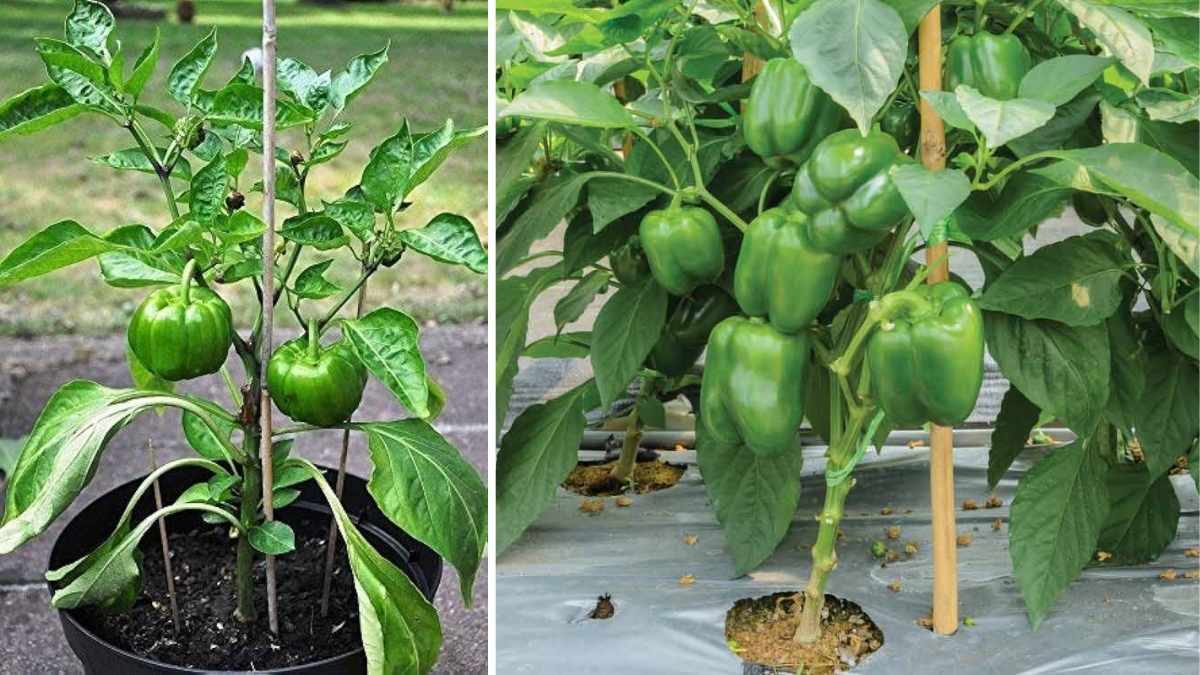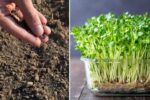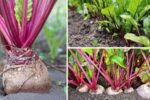Capsicum, also known as bell pepper, is one of the easiest and most rewarding vegetables to grow at home. It adds color, flavor, and nutrition to your meals, and with just a little care, you can enjoy fresh capsicum straight from your garden. You don’t need a large space or fancy equipment to grow it. A small balcony, terrace, or even a sunny window area is enough. Let’s explore how you can start your own capsicum garden at home with minimal effort.
Why Grow Capsicum at Home
Capsicums are one of the easiest and most rewarding vegetables to grow. They add flavor, color, and crunch to so many dishes from stir-fries to salads and pasta.
Plus, they’re packed with vitamin C and antioxidants, which makes them a great addition to a healthy diet.
Homegrown capsicums also taste noticeably fresher than store-bought ones and you get the joy of growing your own food without spending much.
Choosing the Right Variety
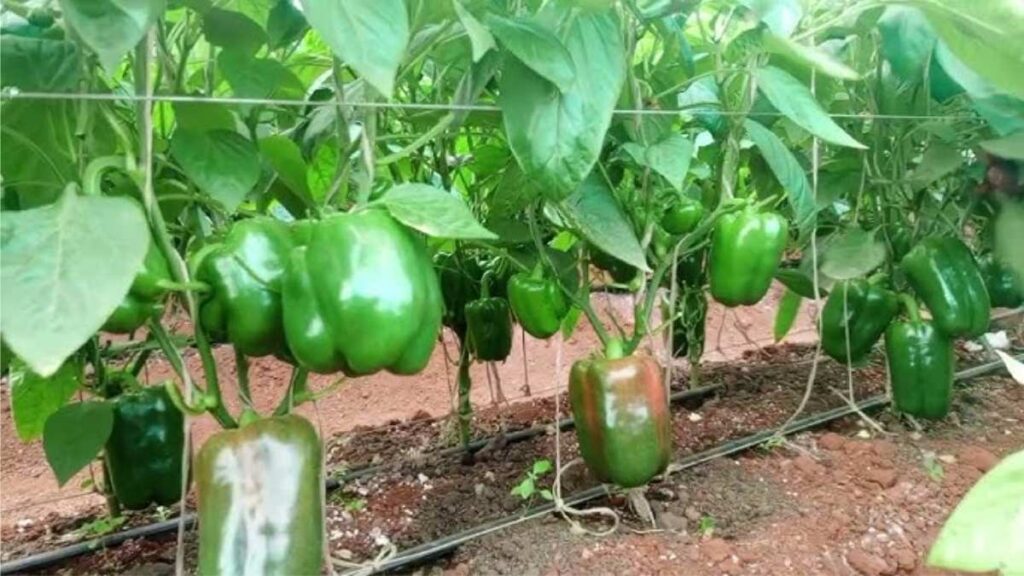
The first step in growing capsicum is to choose the right variety. Capsicum comes in different colors such as green, red, yellow, and orange. Each has a slightly different taste and nutrient level. For beginners, green capsicum is a good choice as it grows faster and requires less care. If you want to experiment later, you can try colorful varieties once you get comfortable with the process.
When buying seeds, make sure to get them from a trusted source. You can also use seeds from a healthy capsicum you buy from the market, but they might not always produce the same quality as the parent plant.
Finding the Perfect Spot
Capsicum plants love sunlight. They need at least six hours of direct sunlight every day to grow well. Choose a place in your home that gets enough natural light, like a balcony, terrace, or sunny window ledge. If you live in an area with limited sunlight, you can use a grow light to help the plants thrive.
The temperature should be warm but not too hot. Capsicum grows best in temperatures between 20°C and 30°C. Avoid keeping the plants in very cold or windy areas, as that can slow their growth.
Preparing the Soil
Good soil is the foundation of a healthy capsicum plant. Capsicum prefers well-drained, fertile soil rich in organic matter. You can prepare a simple soil mix using garden soil, compost, and cocopeat in equal parts. This mixture helps retain moisture while allowing excess water to drain away easily.
Before planting, make sure the soil is loose and airy. You can use a small hand trowel or even your fingers to break up any hard clumps. Adding a handful of organic compost or vermicompost will give your plants the nutrients they need for strong growth.
Planting the Seeds
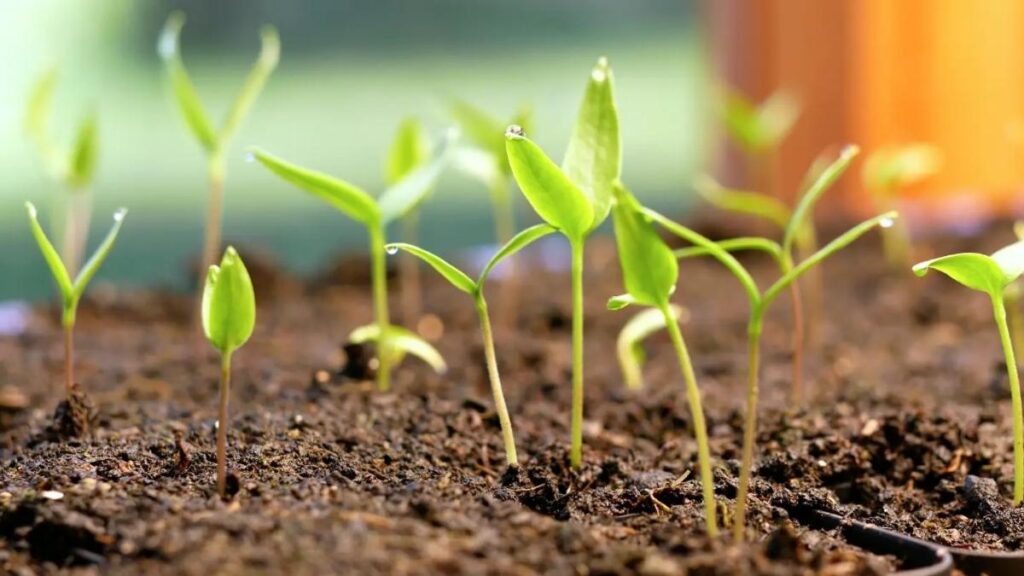
If you are starting from seeds, fill small pots or trays with the soil mix and sprinkle the seeds on top. Cover them lightly with a thin layer of soil and water gently. Keep the soil moist but not soggy. The seeds usually take around one to two weeks to germinate, depending on the temperature and humidity.
Once the seedlings grow about 3 to 4 inches tall and develop a few leaves, they are ready to be moved into larger pots or containers. Choose containers that are at least 10 to 12 inches deep, as capsicum roots need space to spread.
Watering and Care
Capsicum plants need regular watering, but too much water can harm them. The key is to keep the soil moist without making it waterlogged. Water the plants when the top layer of soil feels dry to the touch. Early morning or late evening is the best time to water, as it prevents the water from evaporating quickly.
You can also add a thin layer of mulch or dry leaves on top of the soil to retain moisture. It helps reduce the need for frequent watering and keeps the soil temperature stable.
Fertilizing the Plants
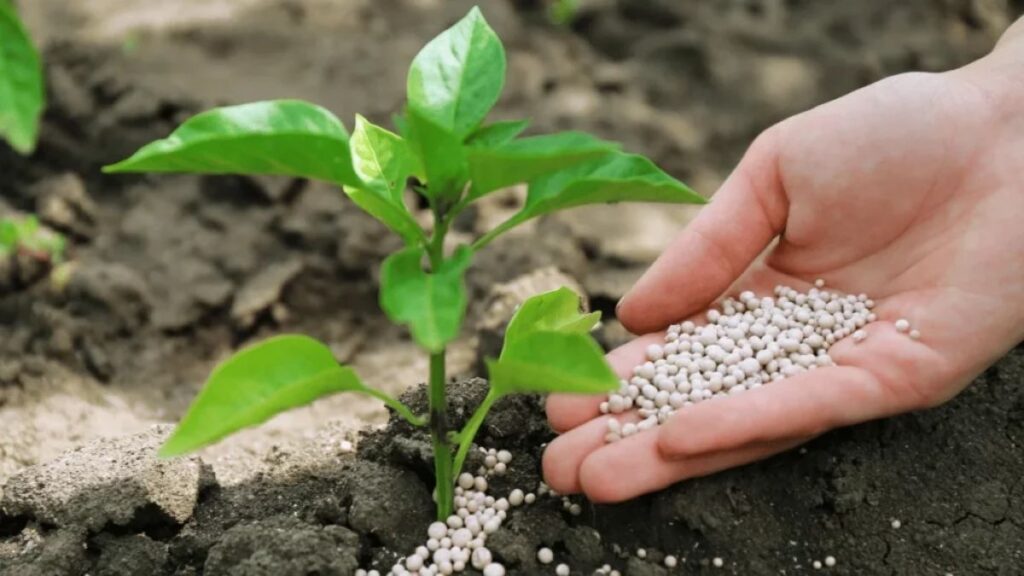
To help your capsicum plants grow healthy and strong, feed them with organic fertilizers once every two to three weeks. Compost, cow dung manure, or liquid fertilizers like compost tea work great. Avoid using too much chemical fertilizer, as it can damage the roots and affect the taste of the fruit.
When the plants start flowering, you can add a little potassium-rich fertilizer to promote better fruiting. Banana peel compost or wood ash are good natural sources of potassium.
Protecting from Pests
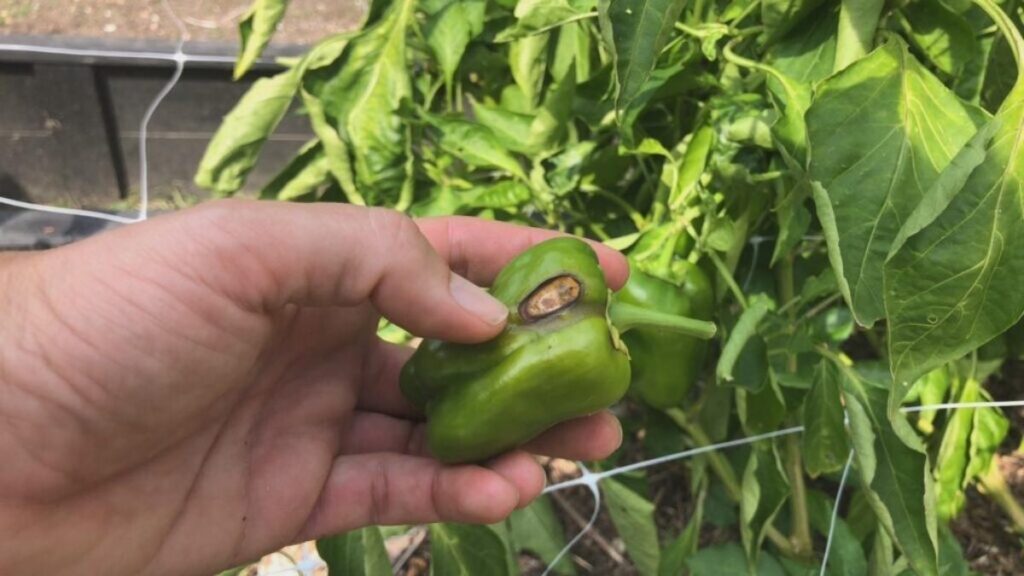
Like any other plant, capsicum can attract pests such as aphids, whiteflies, and mites. To keep them away, inspect your plants regularly. If you notice any pests, spray the plants with a mixture of neem oil and water. This natural remedy helps control insects without harming the plant.
Also, make sure your plants get enough airflow. Overcrowding can lead to fungal infections. Keep a little space between each plant so that air can circulate freely.
Harvesting Your Capsicum
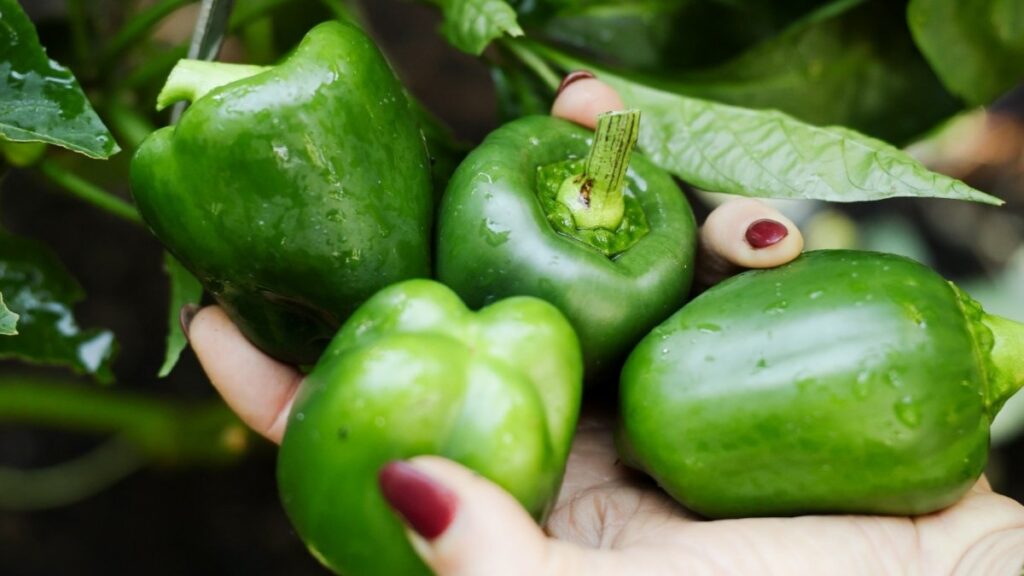
The most exciting part of gardening is harvesting your own produce. Capsicum fruits usually take about 70 to 90 days to mature after transplanting. You can pick them when they are green and firm or wait a little longer until they turn red, yellow, or orange depending on the variety.
Use a pair of scissors or a small knife to cut the fruit, leaving a small part of the stem attached. Pulling them by hand can damage the plant. Regular harvesting also encourages the plant to produce more fruits.
Tips for Continuous Growth
After harvesting, keep watering and feeding the plant. Capsicum can continue to produce for several months if properly cared for. If you see any dried or yellow leaves, remove them to allow new growth. In colder seasons, move the pots indoors or cover them to protect from frost.
You can also save seeds from your best fruits for the next planting season. Simply dry the seeds in shade for a few days and store them in an airtight container.
Conclusion
Starting a capsicum garden at home is not only simple but also a fun and rewarding experience. With a little patience and care, you can grow your own fresh, colorful bell peppers without much effort. Whether you have a small balcony or just a few pots near your window, capsicum plants will brighten your space and your meals. Once you see the first fruit appear, you’ll realize that the small effort you put in was truly worth it. Gardening teaches you to nurture life, and growing capsicum is one of the easiest ways to begin your green journey at home.

